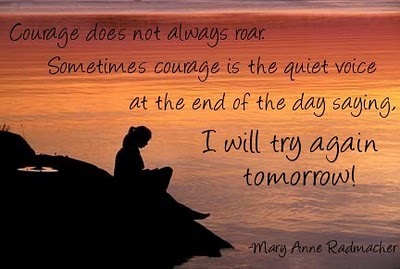This is a timely post for ASF; our annual Challenge results are pouring in, with the vast majority showing improvements in body composition. In our group page on Facebook, the conversations range from a few sentences to a few paragraphs, with a common thread of honesty, transparency and openness.
It has been amazing to see how people have transformed their bodies, but also transforming their entire lives. My hope is that the six weeks isn’t exclusively about body composition changes but also that of permanent behavior change. It would be fun to do another quasi Challenge in six months to see how many of those positive habits are still going strong!
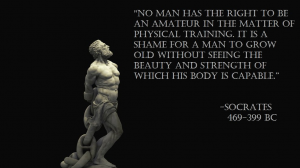
Before I continue, I would like to share a brief history of how I came to my current habits, which started a long time ago, in a basement not far away…
Circa 1985, I was about 11o pounds as a teenager. I had to sleep with padding on my hip bones because they protruded so much. I played 5 hours every day after school (This was the foundation for my habit of loving activity). It was not a coincidence that I could not gain weight! You probably hate people like that?! My first weight set was filled with sand, made out of plastic. While I was inspired by the muscle magazines at the time, I was equally inspired by my father who would do hundreds of sit ups and push ups every morning. His 25 pound dumbells may have well been 125 pounds! I was determined to lift those things!
Now, I had another habit brewing: Structured exercise, in the form of lifting weights. It was structured in the sense that I was doing it but I had no idea what I was doing; a typical “routine” was to lift for a few hours or until my parents would call me upstairs. Embedded within the act of lifting weights was several other habits: discipline, motivation and reward.
As I was devouring every magazine available (there was no internet at the time), I also became very conscious of how and what I ate. I ate extremely clean with minimal processed food, took every supplement I could afford and slowly started to reap the benefits. You guessed it: My nutritional habits were born. By the end of high school, I was a whopping 135 pounds but had built a foundation of strength through powerlifting. As I entered my late teens and ventured off to college, the best was yet to come.
As I was studying physiology, biomechanics, physics and nutrition, I was able to formulate my own training philosophy of what worked best for me. My unique formula, you might say. The habit I was developing was the constant and continuous desire to learn more, to get better. Miami was also the place where I first competed in bodybuilding. My first show was a disaster; I had no idea what to do. The next show I won the whole contest. The habit formed was to never give up if you fail, but to learn from it and move on.
Fast forward to my late forties and many of those same habits guide me today. While I can’t expect you turn back time and change your childhood, there are some key lessons to ponder when you look back over the last few decades; can you identify patterns in your life that lead to your habits today?
=======================================================================================
Another way to look at habits….
Let’s say there are two scenarios:
Scenario 1: Goal was to lose 15 pounds over 6 weeks, only lost 8 pounds but developed 3 new habits.
Scenario 2: Goal was to lose 15 pounds over 6 weeks, lost 16 pounds (great job!) but did NOT develop any new habits.
Which would you choose? They both lost weight over the six weeks, which is a victory unto itself. But scenario 2 will likely see failure in the near future and fall back into their old ways. Scenario 1 is now developing permanent lifestyle change that will become keystone habits, allowing future changes to continue.
Speaking of keystone habits, that is where it all starts. Charles Duhigg coined the term, Keystone Habits, that is the foundation for all other habits. One good habit can beget other good habits. If you get up early to exercise, you are productive and eat better that day and sleep better that night. As I write this, I know it will lead to other productive outlets today. Can you identify a keystone habit? If so, let me know what other habits it improves.
What you may find is that the real change happens within, not the habit itself. When you reward yourself for the outcome, you are missing a vital ingredient to the habit chain, which is the process. Yes, you look better with that extra 20 pounds off your body but your identity is more than your appearance. Using the early morning example from above: If you show up at 5:30 am to train, here are some habits (i.e. the process) that went into that occurring:
- Likely retired early the night before.
- Woke up when you really wanted to sleep.
- Put on your workout clothes (which you set by the bed the night before).
- Got in your car, in the dark, half asleep, and drove.
- Pulled into the parking lot and got out of the car.
So, a lot happened before you even exercised! ALWAYS REWARD YOURSELF.
Showing up is the result. Working out is the result.
Maybe this inspired you to rethink how the last six weeks changed you. More importantly, how the next six months, six years will look like.


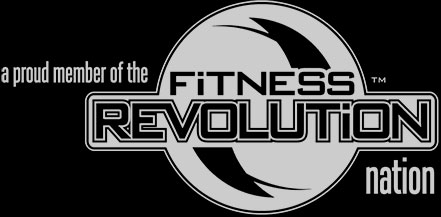
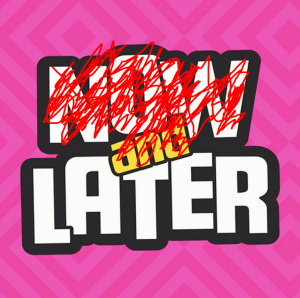
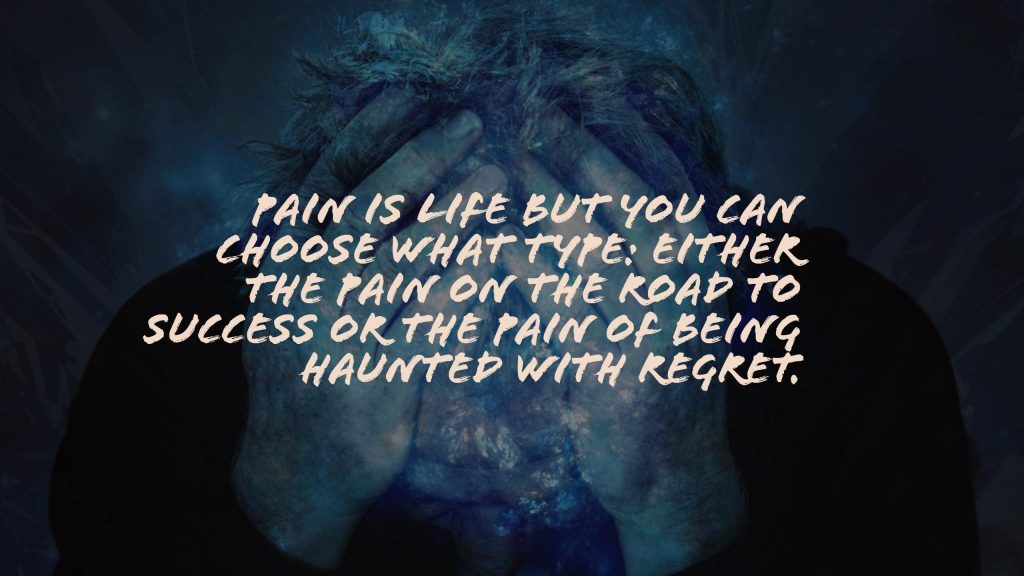


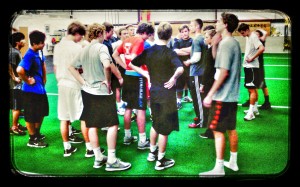

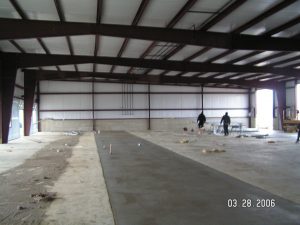


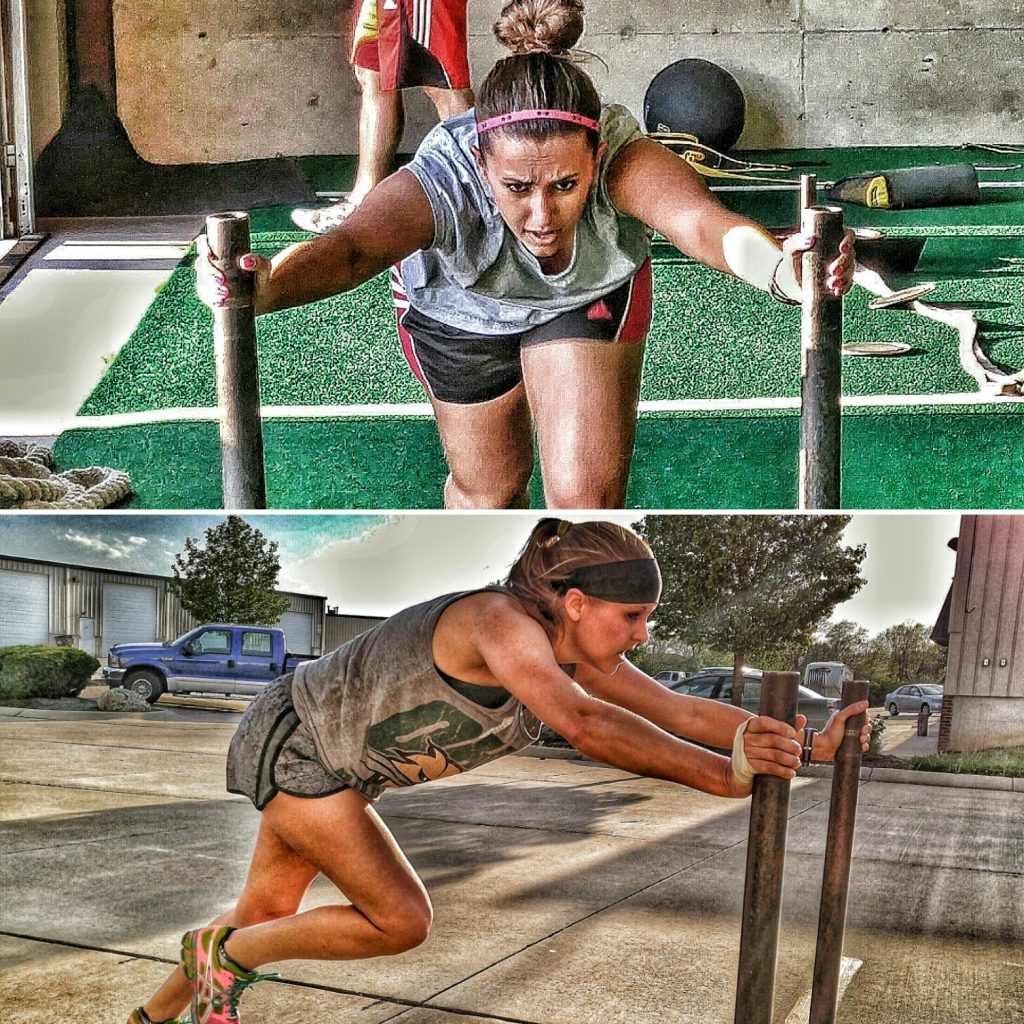
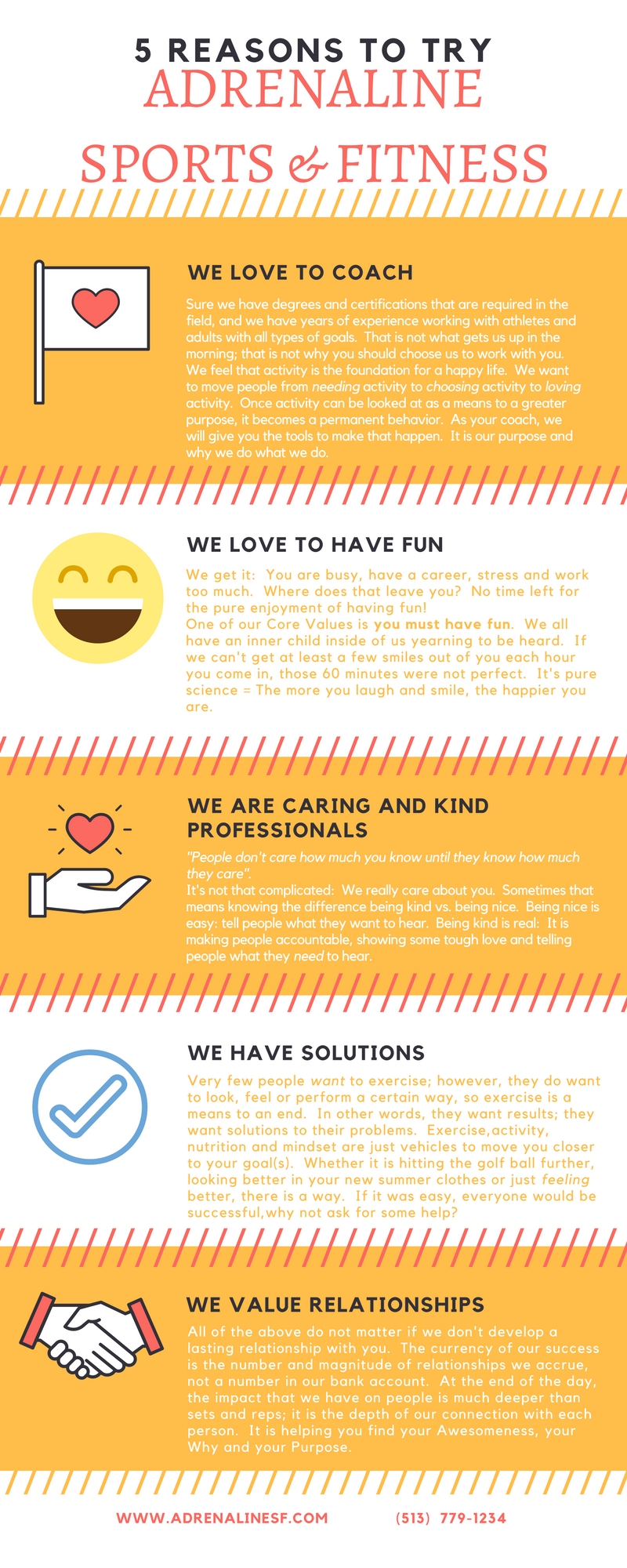
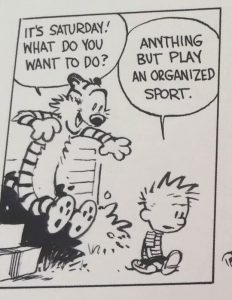 become a youth sports coach than it used to. We used to let anyone coach who would volunteer their time. We are not so trusting these days and reputable youth sports programs often require background checks, training and certification before we consider selecting someone as a youth sport coach. Youth sports have become much more organized and available than in the past which means coaches have more competition with other sports to attract and retain young players. In my day, baseball was the only organized game in town for kids, whereas today it’s possible for kids to be involved in a different organized sport every day of the week. Also, coach knowledge of the sport is no longer enough, they must now also have knowledge of exercise physiology and child development. I shudder to think of some of things I had kids doing for conditioning when I first started coaching only to later learn how they were detrimental to young growing bodies. An awareness of concerns for the emotional and physiological well-being of youth is also required of coaches today to recognizing the effectiveness of and differences between intrinsic and extrinsic motivational techniques (kids don’t respond to critique in the same way professional athletes do).
become a youth sports coach than it used to. We used to let anyone coach who would volunteer their time. We are not so trusting these days and reputable youth sports programs often require background checks, training and certification before we consider selecting someone as a youth sport coach. Youth sports have become much more organized and available than in the past which means coaches have more competition with other sports to attract and retain young players. In my day, baseball was the only organized game in town for kids, whereas today it’s possible for kids to be involved in a different organized sport every day of the week. Also, coach knowledge of the sport is no longer enough, they must now also have knowledge of exercise physiology and child development. I shudder to think of some of things I had kids doing for conditioning when I first started coaching only to later learn how they were detrimental to young growing bodies. An awareness of concerns for the emotional and physiological well-being of youth is also required of coaches today to recognizing the effectiveness of and differences between intrinsic and extrinsic motivational techniques (kids don’t respond to critique in the same way professional athletes do).

 enhance physical performance, reduce the relative risk of injury, and develop the confidence and competence of all youth.
enhance physical performance, reduce the relative risk of injury, and develop the confidence and competence of all youth.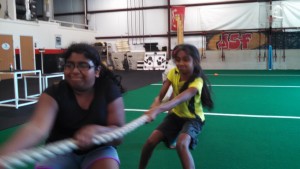 physical activity. Once a negative association is made with physical activity (physical activity as punishment, for example), that is when a sedentary lifestyle is almost inevitable. Fun should be the driving force behind playing sports and being physically active. Once fun is taken away burnout is the end result and a large percentage of our youth ends up quitting all sports by the age of 13. From the strength and conditioning side of the topic, we need to be sure our programs for the youth that we deal with are positive, constructive, and age appropriate. Quite a bit of damage can be done when an ill conceived and thoughtless program is implemented with a group of 10 and 11 year olds.
physical activity. Once a negative association is made with physical activity (physical activity as punishment, for example), that is when a sedentary lifestyle is almost inevitable. Fun should be the driving force behind playing sports and being physically active. Once fun is taken away burnout is the end result and a large percentage of our youth ends up quitting all sports by the age of 13. From the strength and conditioning side of the topic, we need to be sure our programs for the youth that we deal with are positive, constructive, and age appropriate. Quite a bit of damage can be done when an ill conceived and thoughtless program is implemented with a group of 10 and 11 year olds. 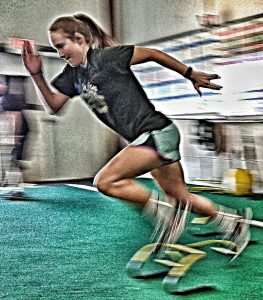 measure progress. However, we have foregone assessing over the last several years so we can “assess” via observation and relationship-building. I still feel there is a place for testing (acceleration, strength, power, FMS, etc) but the power of observation is our biggest ally right now.
measure progress. However, we have foregone assessing over the last several years so we can “assess” via observation and relationship-building. I still feel there is a place for testing (acceleration, strength, power, FMS, etc) but the power of observation is our biggest ally right now.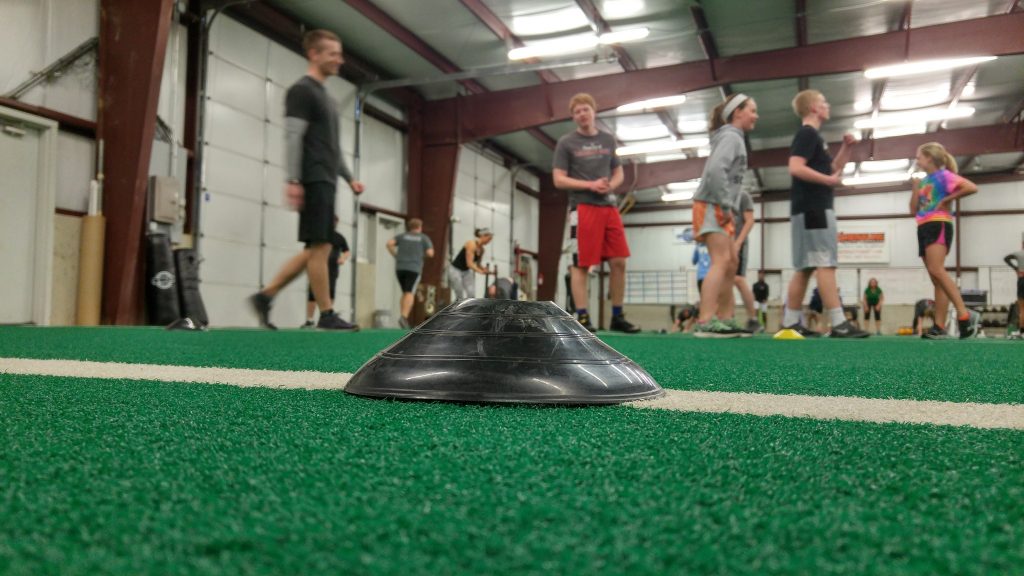
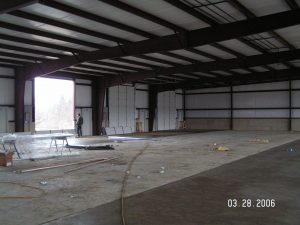
 do to get better. A Japanese concept, kaizen, perfectly embodies the grind of growth. In the book Legacy, the New Zealand All Blacks rugby club changed their whole culture to be one of the most dominant sports teams in history by adopting this model of behavior. I have used the phrase When your good enough isn’t good enough for years to motivate our coaches to keep getting better; that includes myself. It can just be a percent difference from last week, month or even last year. I made a quick
do to get better. A Japanese concept, kaizen, perfectly embodies the grind of growth. In the book Legacy, the New Zealand All Blacks rugby club changed their whole culture to be one of the most dominant sports teams in history by adopting this model of behavior. I have used the phrase When your good enough isn’t good enough for years to motivate our coaches to keep getting better; that includes myself. It can just be a percent difference from last week, month or even last year. I made a quick 
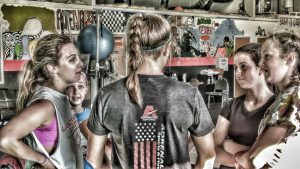 e on others. Living a purpose-driven life has opened up my eyes that each day is a chance to help as many people as possible in as many ways as possible as often as possible. In other words, leaving a legacy. More on that later.
e on others. Living a purpose-driven life has opened up my eyes that each day is a chance to help as many people as possible in as many ways as possible as often as possible. In other words, leaving a legacy. More on that later.